$36.97 Original price was: $36.97.$25.88Current price is: $25.88.
SKU: D2LSC 574868453 Categories: Fragrant Perennial Plants, FRAGRANT PLANTS
- Quality that lasts, prices that don't.
- Experience the difference quality makes.
- Satisfaction Guaranteed
- 100% High Quality Guarantee

Super Blue English Lavender
Lavandula angustifolia ‘SuperBlue’ PP #24,929
Plant Details
USDA Plant Hardiness Zones: 4a-9b Find Your Zone
Plant Type: Perennial Herb
Height at Maturity: 12″
Width at Maturity: 12-14″
Spacing: 10″ for mass plantings or solid borders; 24″ for space between plants
Spacing: 10″ for mass plantings or solid borders; 24″ for space between plants
Growth Habit / Form: Mounding
Growth Rate: Moderate
Flower Color: Lavender-Blue
Flower Size: Small flowers packed on large wands
Flowering Period: Late Spring or Early Summer all the way into Fall
Flower Type: Spikes, Wands
Fragrant Flowers: Yes
Foliage Color: Grey-Green
Fragrant Foliage: Yes!
Berries: No
Berry Color: No
Sun Needs: Full to Mostly Sun
Water Needs: Average, low when established
Soil Type: Clay (Amended), Loam, Sand, Silt
Soil Moisture / Drainage: Most But Well Drained
Soil pH: 6.7 – 7.5 (Neutral to Slightly Alkaline)
Maintenance / Care: Low
Attracts: Butterflies, Beneficial Pollinators, Visual Attention, Sensory Appeal
Resistances: Deer, Heat, Humidity, Insect, Rabbit
Description
A superior English Lavender that stands up to cold winters, rain tolerance, heat and humidity, and is deer and rabbit resistant and repels mosquitoes, the SuperBlue Lavender lives up to its name. But the “super” attributes don’t stop there…’SuperBlue’ produces LOADS of the largest, “super” fragrant, rich lavender-blue blooms over a “super” long season; from late spring to early summer all the way into fall. Its flower wands are more densely packed providing more color with fewer airy gaps and more flowers for cutting and use in in fresh or dried flower arrangements. It’s shorter stature of 10 to 12 inches tall makes it a perfect fit for smaller garden spaces, containers and edging borders. What’s more, the butterflies and beneficial pollinators will give you a super big thanks for planting this one!
Landscape & Garden Uses
Growing only 10 to 12 inches tall and a little wider, SuperBlue Lavender is ideal for use as an accent, in groupings or mass plantings, or a low edging in landscape and perennial borders and herb gardens. It has also done well for us in container gardens, which can be overwintered indoors above Zone 5a. A fine selection for herb gardens, perennial gardens, purple or blue theme gardens, cut flower gardens, cottage gardens, and rock and fragrance gardens.
Outstanding for planting near walkways, decks and patios where scent can be enjoyed. Excellent cut flowers for fresh or dried arrangements. Popular for sachets and potpourri.
Suggested Spacing: 10 inches apart for mass plantings or solid borders; 2 feet or more apart for space between plants
How To Measure Total Square Feet Of A Planting Area
How Many Plants Needed To Cover A Planting Area?
Note: For our customers who live and garden north of USDA Plant Hardiness Zone 5a, where this Lavender variety is not winter hardy, you’ll be happy to know it can be grown in containers that can be brought indoors during winter and placed back outside when temperatures warm up in spring.
Growing Preferences
Lavender is easy to grow in a moist to somewhat dry well-drained soil of average to low fertility and plenty of sun. Constantly soggy soil or standing water is problematic. If desired, the plant can be cut back by one-third its height after flowering to maintain a fuller plant. For example, if your plant is 30 inches tall you can cut it back to 20 inches tall.
Helpful Articles
Click on a link below to find helpful advice from our experts on how to plant, prune, fertilize and water Lavender plants.
How To Plant & Care For Lavender Plants
How To Grow Herbs In A Pot
How To Grow Herbs Indoors
Herb Garden Design Ideas & Tips
Plant Long & Prosper!
Meet The Wilson Brothers & Staff
Questions? Contact Us!
Be the first to review “SuperBlue English Lavender – 1 Gallon Pot” Cancel reply
Related products
Sale!
Sale!
FRAGRANT PLANTS
Sale!
FRAGRANT PLANTS
Sale!
FRAGRANT PLANTS
Sale!
Sale!
Sale!
FRAGRANT PLANTS
Sale!
FRAGRANT PLANTS

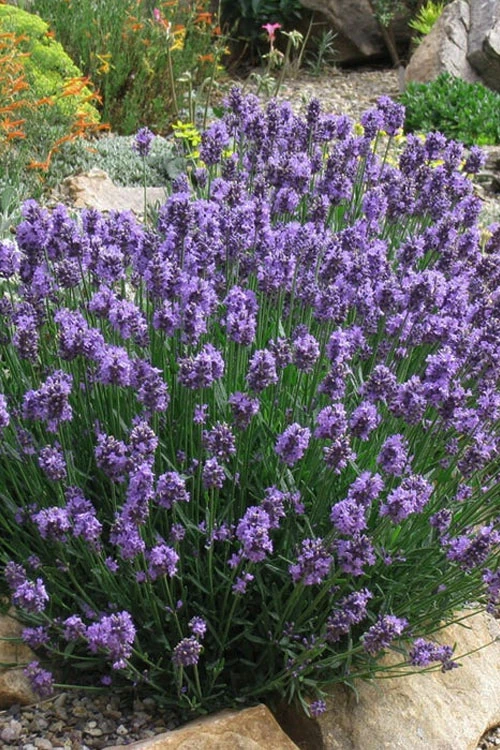


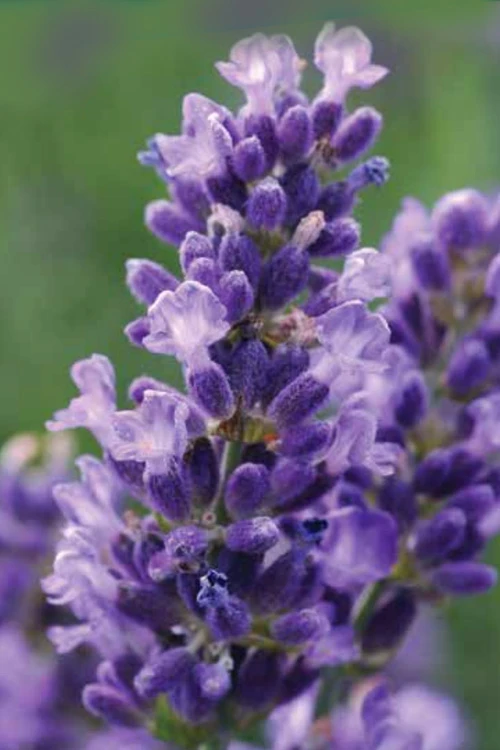


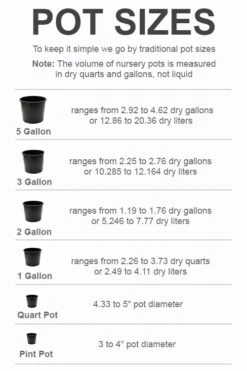




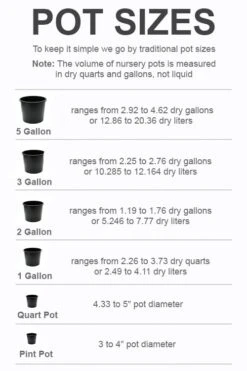
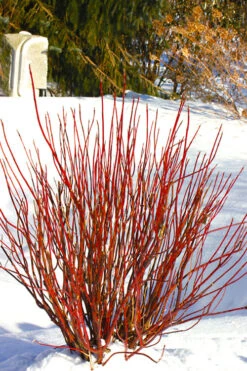
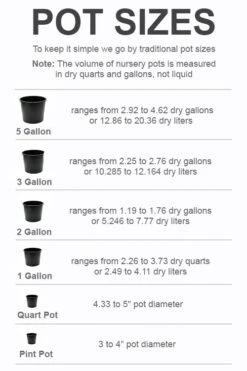
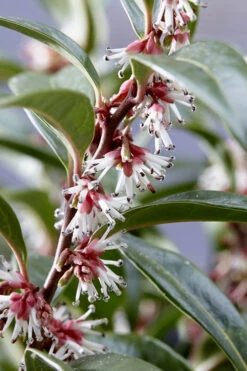
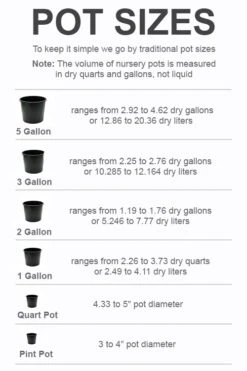

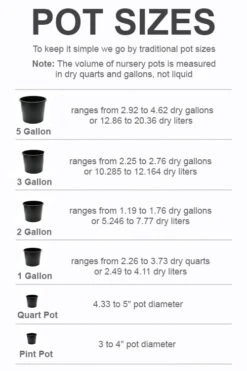
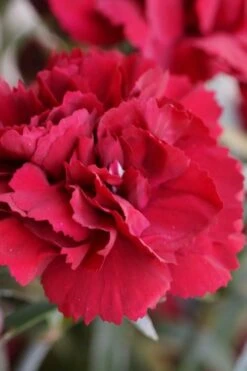







Reviews
There are no reviews yet.